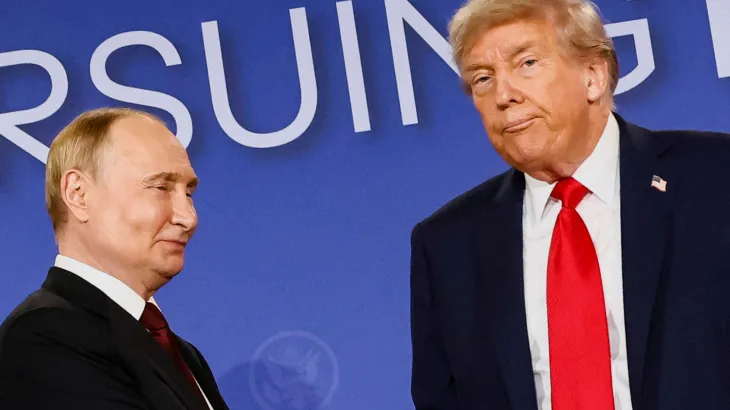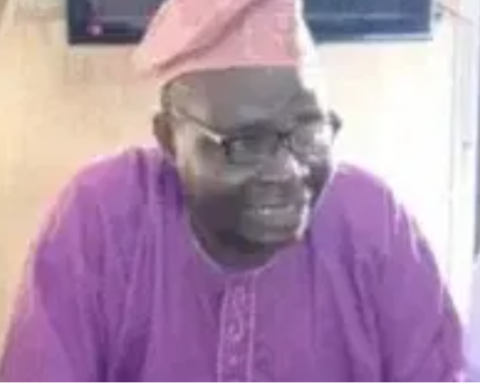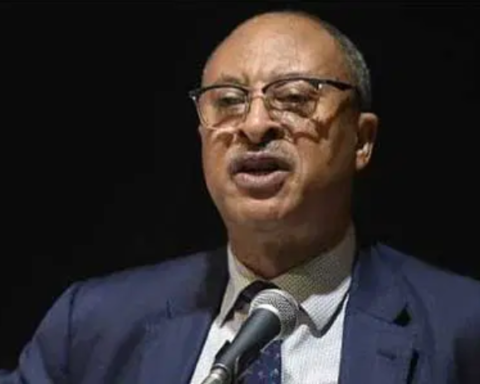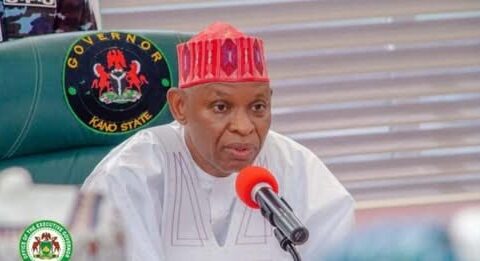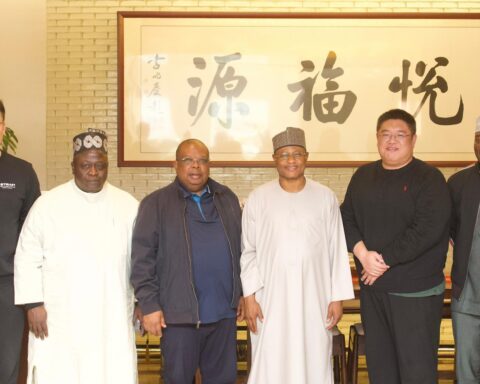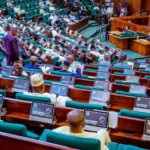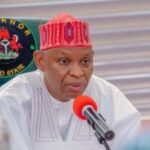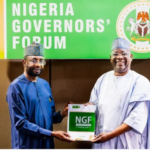President Donald Trump and Russian President Vladimir Putin met for over two-and-a-half hours at Joint Base Elmendorf-Richardson in Anchorage, Alaska, on August 15, 2025, to discuss ending the Russia-Ukraine war, but no ceasefire or peace deal was reached. Trump, in a joint press conference, stated, “There’s no deal until there’s a deal,” noting “great progress” but no specifics, while Putin claimed an agreement was reached to “pave the path toward peace in Ukraine.” The absence of Ukrainian President Volodymyr Zelenskyy, who was not invited, sparked criticism, with Zelenskyy warning that decisions without Ukraine would be meaningless. Trump later told Fox News that a trilateral meeting with Putin and Zelenskyy is planned, with himself likely attending, and announced Zelenskyy’s visit to Washington, D.C., on August 18 for further talks.
The summit followed a misunderstanding by Trump’s envoy Steve Witkoff, who reportedly misread Russia’s stance on a ceasefire, leading to the hastily arranged meeting, according to NBC News. Trump suggested land swaps and non-NATO security measures for Ukraine were discussed, but he withheld details of disagreements, saying, “I don’t want to go public with it.” Putin emphasized addressing Russia’s “legitimate concerns” and restoring a “fair balance” in European security, per Reuters. Meanwhile, Russian forces continued attacks, with Ukraine reporting 61 of 85 drones repelled overnight, and Russia claiming 29 Ukrainian drones intercepted, as noted by ABC News.
No concrete outcomes emerged, but Trump’s Truth Social post on August 16 claimed the meeting favored a “Peace Agreement” over a ceasefire, citing a lengthy call with Zelenskyy and European leaders. European leaders and Democrats, including Senate Minority Leader Chuck Schumer, criticized the summit as giving Putin legitimacy without accountability, while Republicans like Senator Lisa Murkowski expressed cautious optimism for future talks including Ukraine. The next steps hinge on the planned trilateral meeting, with Zelenskyy stressing a “strong position” from the U.S. to compel peace.
